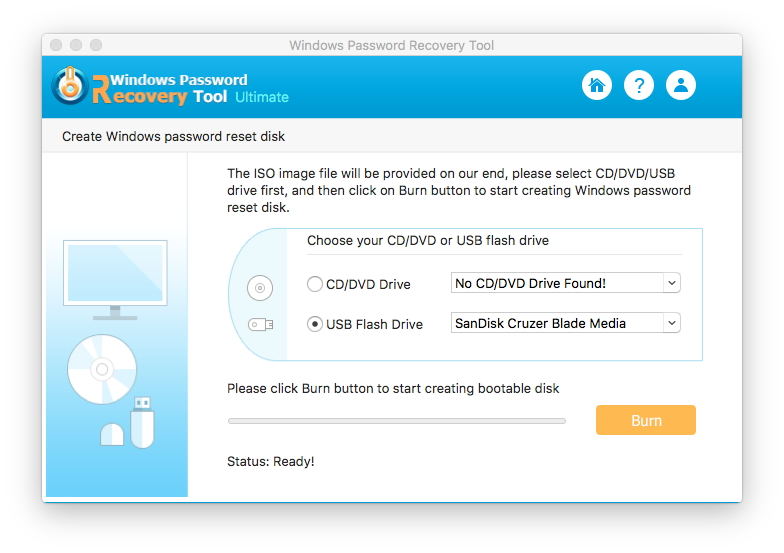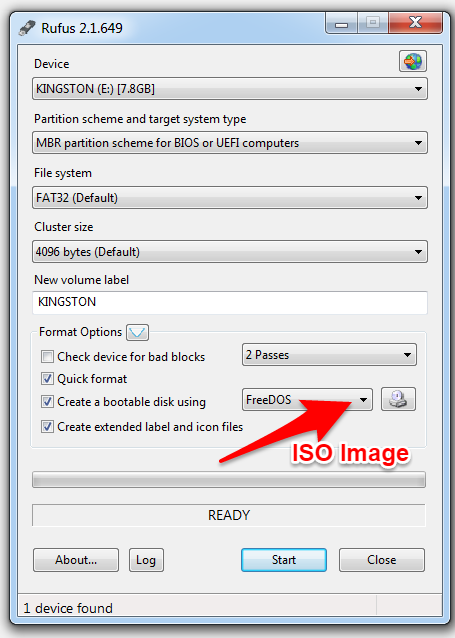

But this can also be one of the drawbacks, as it means you will usually find that you cannot access the content of your USB any longer after it has been created.

#Rufus iso burner windows#
One advantage is that it doesn't require partitioning or formatting, and it can create USB drives with file systems that Windows is unable to handle on its own (such as ext# or anything *BSD). That's all DD does, and it usually ensures that you get an exact clone of the image or device the maintainer of the distro created. onto the USB, starting at the first byte of the first sector, and continue to copy bytes until the data from the image is exhausted. then what Rufus or any other DD application will do is copy 33 ED 90 90. Basically, this flat copies the image byte by byte onto the USB, so if you look at the image in hex and see it starts with something like 33 ED 90 90. I confirmed, by performing an internet search, that these values match the ones from the official image.įor an Arch Linux ISO, could you please explain the overall difference, when creating a USB Flash Drive, between Rufus' ISO Image mode and it's DD Image (disk image) mode? I am trying to understand what steps Rufus goes through, depending on which mode is selected, and how that affects the outcome.ĭD is an exact clone of the image onto the USB. If using an ISO image, I clicked on the # button (at the bottom of the Rufus interface), to compute the MD5, SHA1 and SHA256 checksums, which are therefore present in the log I copied.I also tried one or more of the following:.I ran a bad blocks check, by clicking the "bad blocks" check box in Rufus, and confirmed that my USB is not defective.
#Rufus iso burner full#

I clicked the Log button in Rufus and copy/pasted the log into the line that says below.I performed a search in the issue tracker for similar issues, using keywords relevant to my problem.I looked at to see if my question has already been answered.


 0 kommentar(er)
0 kommentar(er)
